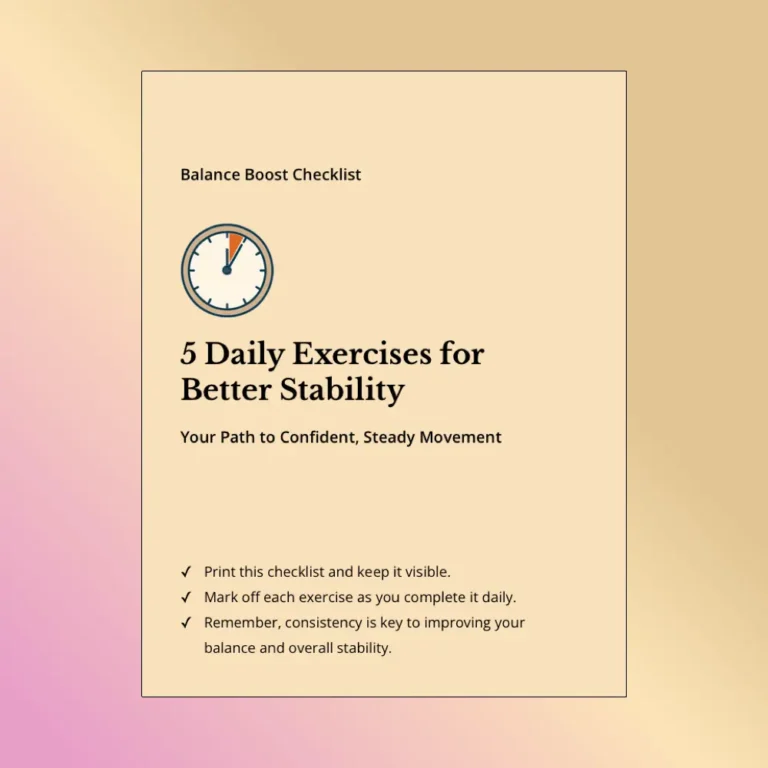
Highlights

When considering living arrangements in later years, the financial implications of aging in place versus transitioning to senior living communities are critical. Aging in place allows seniors to remain in their homes as they age, sometimes with the support of in-home care services, a home health aide, or other help with daily activities, while senior communities offer a structured care facility environment with varying levels of support.
The cost of living in either option can differ greatly, as long-term care costs and insurance costs often add up. While the average cost of home health care and the cost of staying at home can provide some cost savings compared to the median annual cost of moving into a facility or nursing home, these expenses can vary depending on whether full-time care or part-time assistance is required.
Ultimately, understanding the costs can vary widely for each option can empower seniors and their families to make informed decisions that best suit their needs, preferences, and finances, whether they choose to stay in their own home or transition to a senior living community.
Cost analysis is the cornerstone of financial planning for aging, particularly for those over 55. Seniors often face unique challenges in budgeting for living expenses, healthcare, and potential home modifications. Understanding these costs isn’t just about crunching numbers; it’s about ensuring quality of life as one ages.
Choosing to age in place involves several financial considerations. Below, we break down the major expenses associated with this choice.
To facilitate aging in place, many seniors invest in home modifications. Common modifications include:
These modifications not only enhance home safety but can also increase the home’s value, making them a wise investment for seniors who prefer to age in place.
Living at home entails recurring expenses such as:
On average, seniors can expect to spend anywhere from $2,000 to $5,000 annually on these costs, depending on their home’s condition and location. The costs of home maintenance can be significant for those aging at home.
Healthcare is a significant factor in the aging process, with seniors typically spending around $5,000 to $10,000 per year on medical expenses, including insurance premiums, out-of-pocket costs, and long-term care needs. Understanding these costs is key to financial planning for aging successfully.
Transitioning to a senior community presents its own set of costs, which can vary widely based on the type of community.
Senior living options generally fall into three categories:
In addition to standard fees, many senior communities charge hidden costs such as:
These hidden costs can add up significantly, so reviewing the full financial reality of aging is crucial when considering different living options.
To visualize the cost differences, consider the following comparison:
| Expense | Aging in Place | Senior Community |
|---|---|---|
| Home Modifications | $1,000 – $10,000 (one-time) | N/A |
| Monthly Living Expenses | $200 – $500 | $2,500 – $10,000 |
| Healthcare Costs | $5,000 – $10,000 | Included in community fees |
Projecting costs over time reveals that aging in place can often be more economical in the long run, especially for those in good health. However, unexpected health needs can quickly alter this equation, potentially increasing the cost of aging in place.
Your health status significantly impacts your living expenses. Seniors may face increased healthcare costs due to chronic conditions. Long-term care insurance can help offset some of these costs and should be considered during financial planning for aging in place.
Home maintenance can be unpredictable, with costs varying based on the age of the home and necessary repairs. In contrast, senior living communities offer maintenance included in their fees, providing a sense of predictability in budgeting. For those who stay in their home, maintenance costs can become a significant part of the aging-in-place costs.
Real-life experiences can shed light on the pros and cons of each option. Seniors who have aged in place often mention a deeper connection to their community and the comfort of familiar surroundings. However, those who moved to senior living facilities report enhanced social interactions and access to healthcare services.
Take the story of Jane, a 70-year-old who decided to age in place. After investing $15,000 in home maintenance services for seniors and modifications, she enjoys her independence and reports lower annual costs compared to her neighbor, Tom, who moved to an assisted living facility at $5,500 a month. Jane’s proactive approach to modifications and maintenance has paid off, while Tom deals with additional community fees.
Conversely, consider the experience of Joe, who moved to a senior living community. While his monthly costs are higher, he values the social engagement and immediate access to care needed. The choice ultimately hinges on personal preferences and financial situations.
What should I expect for long-term cost projections? Seniors should expect varying costs associated with aging in place, depending on health, home conditions, and community choices. Long-term financial planning is important to accommodate potential changes in the level of care needed.
How do healthcare costs factor into the decision? Healthcare expenses can rise significantly as health needs change, making it important for seniors to factor these into their financial planning. The cost of care can dramatically impact the overall costs of aging.
What are the differences in maintenance expenses? Ongoing home repair can be unpredictable for homeowners who live at home, while community living offers more stable monthly costs. Many seniors find that home safety evaluation for seniors helps identify potential issues before they become costly problems.
Ultimately, the decision between aging in place and transitioning to a senior living community boils down to an individual’s financial situation, health status, and lifestyle preferences. Both options carry distinct costs and benefits, and understanding these can empower seniors to make informed choices that best suit their needs.
The appeal of aging in place is strong for many seniors who wish to continue living in their current home. However, it comes with hidden costs that must be carefully considered. Similarly, while assisted living costs may seem high initially, the comprehensive care services included can provide value for those needing assistance with daily activities.
As you weigh your options, consider seeking professional financial advice or using online tools to help assess your personalized cost assessments. For a deeper dive into financial planning strategies for retirement living, explore resources that can help you make an informed decision.
For those considering home modifications to make aging in place possible, explore senior home modification financing options available through various programs. Installing features like a stair lift or walk-in shower can significantly improve safety while allowing seniors to live independently in their homes for as long as possible.
The path you choose should reflect your unique needs and aspirations. Whether you prefer to age in place or are considering transitioning to a senior living community, understanding the real costs of aging will help you prepare for a financially secure future.
To gain more insights on this topic, check out this informative video about the financial reality of aging in place versus assisted living:
This video explores how different living arrangements impact lifestyle and finances for seniors, helping you understand the costs to consider when planning for your future living situation.
